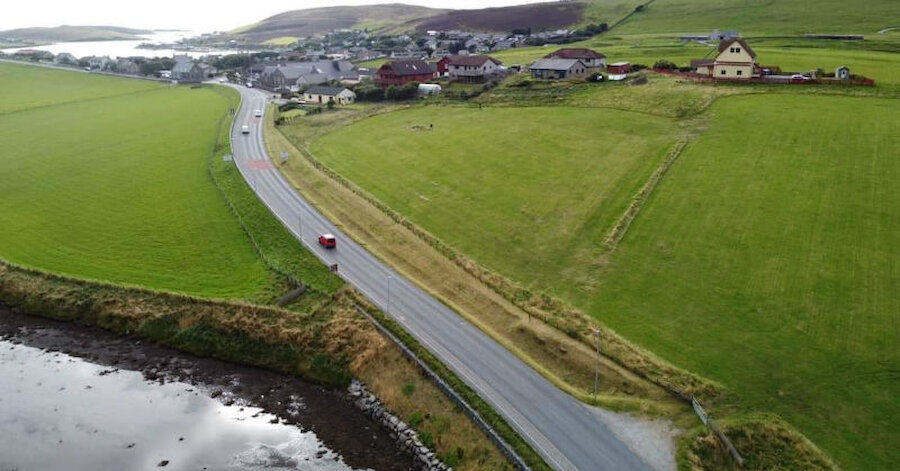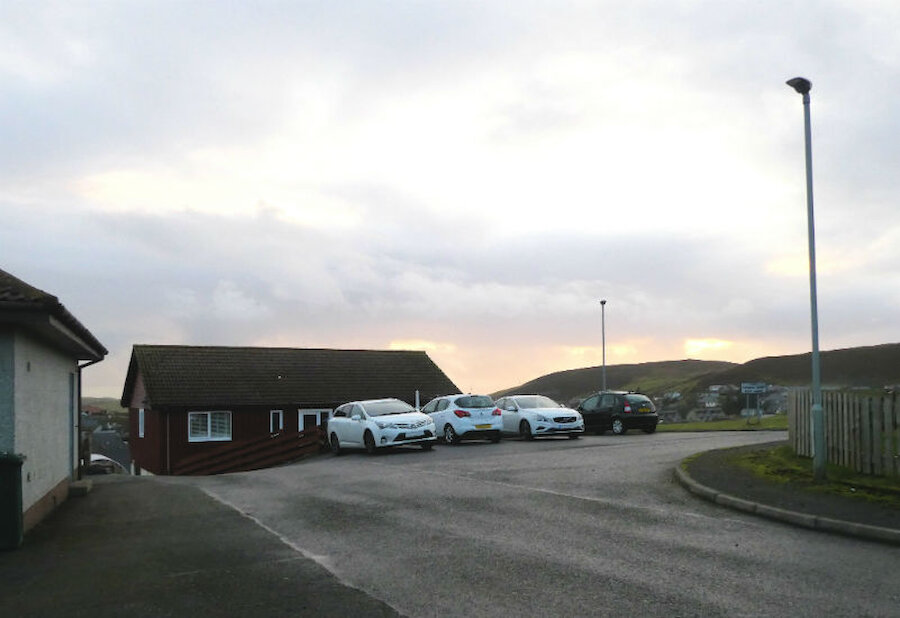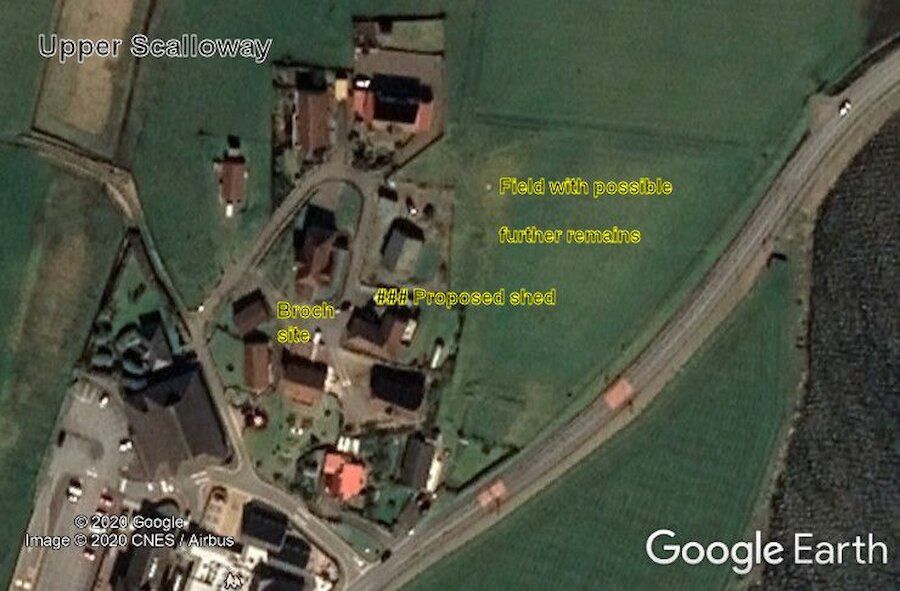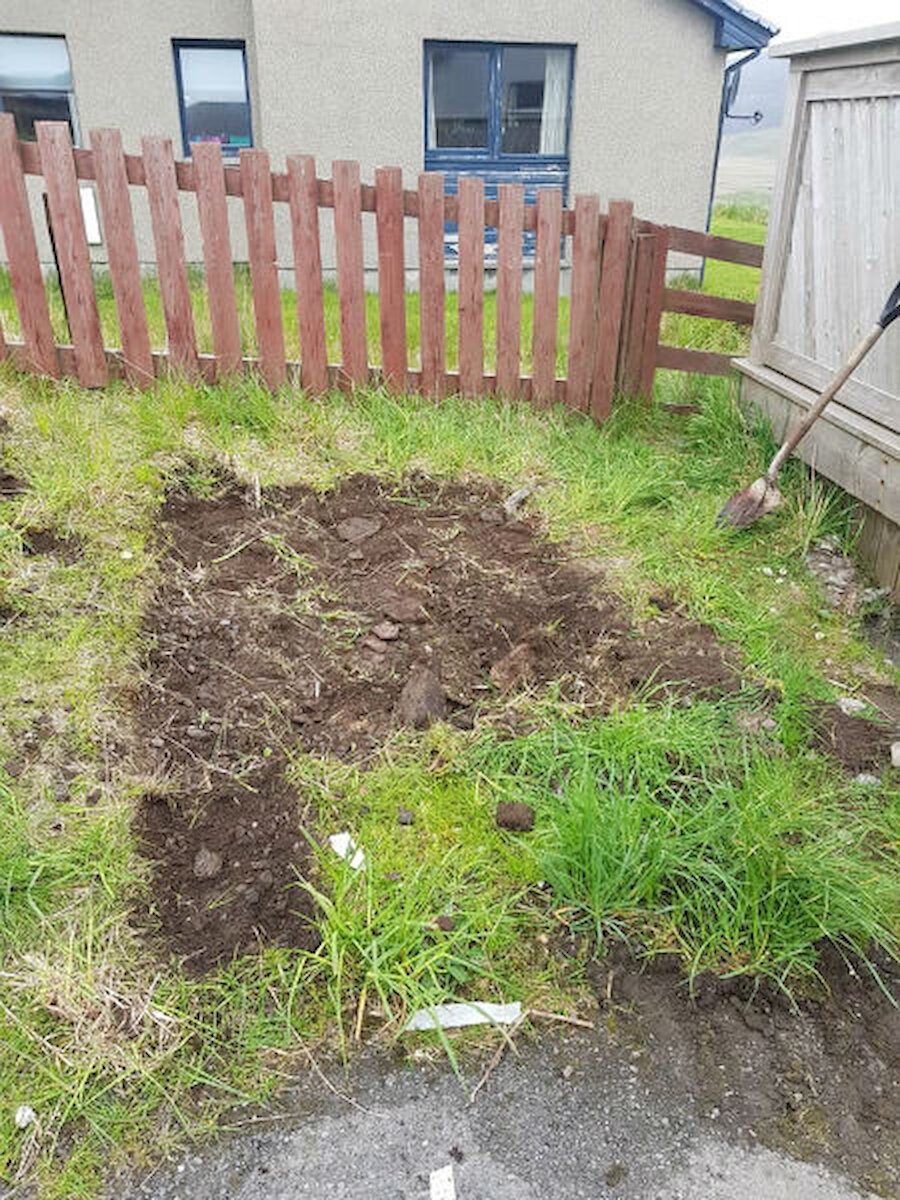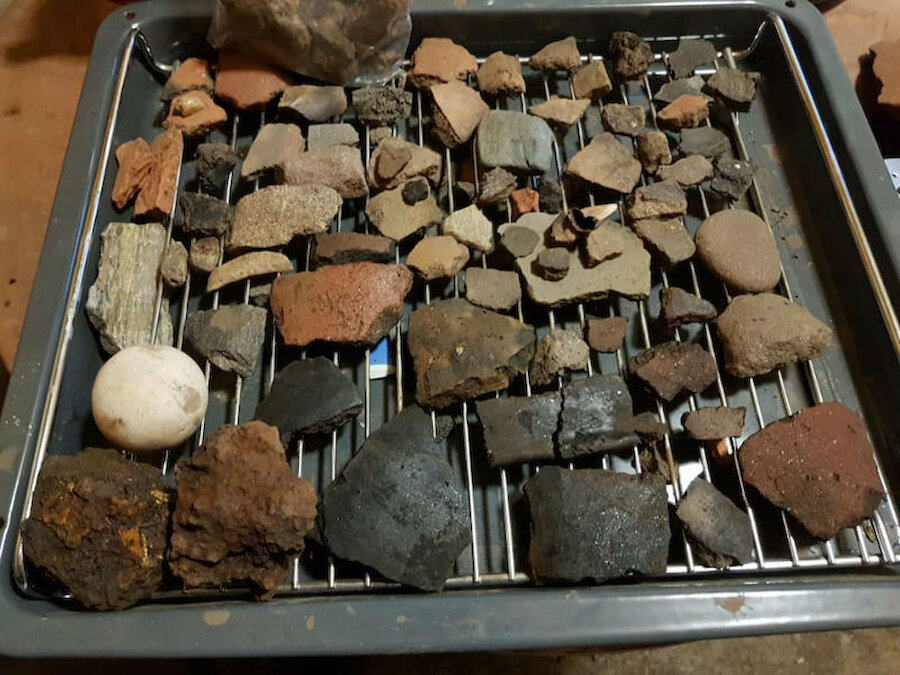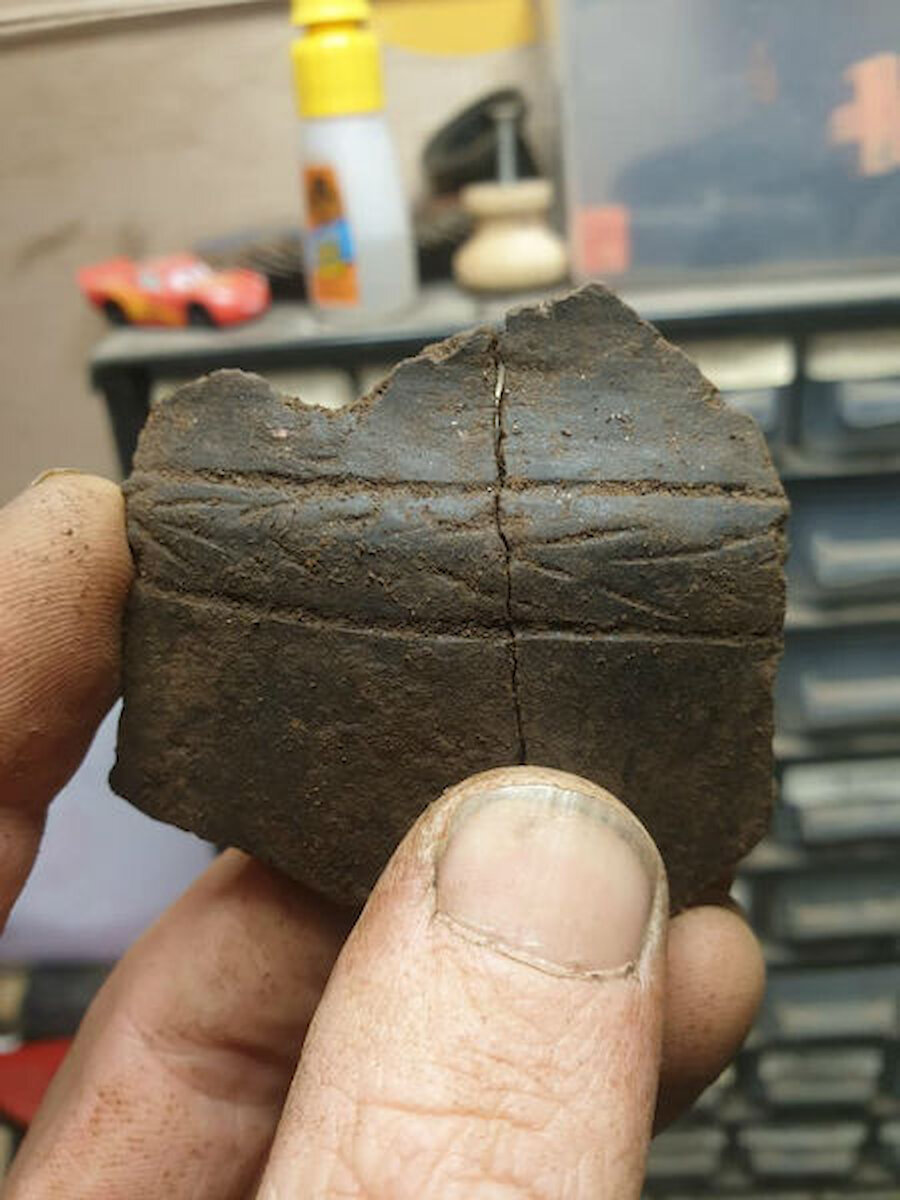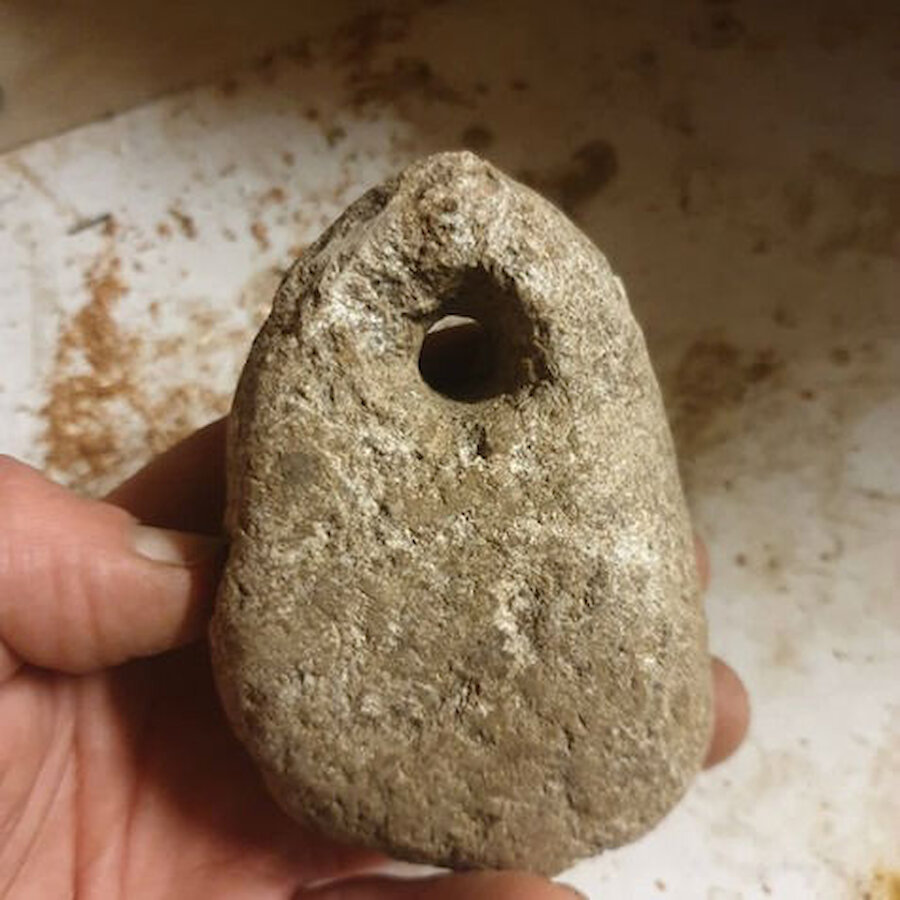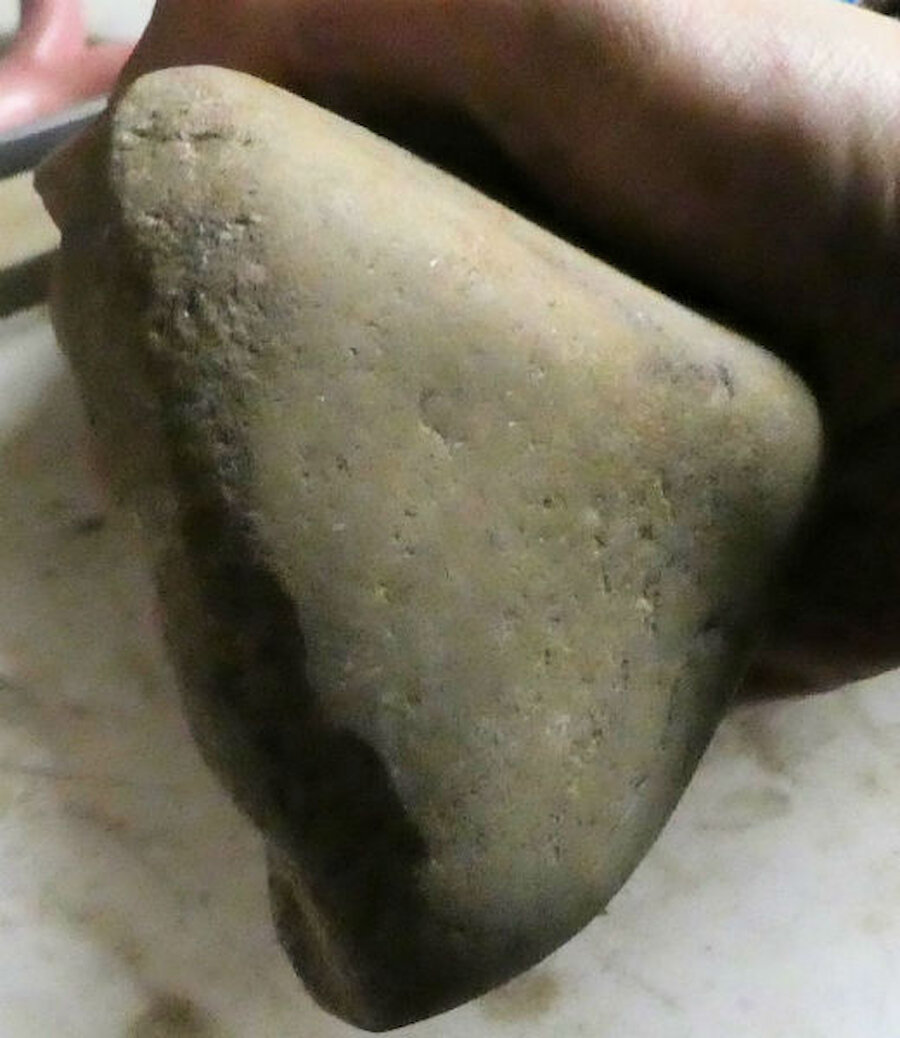Shetland is generously endowed with archaeological remains, spanning the 5,000 years or so from the stone age to the conflicts of the 20th century. There are exceptional multi-period sites, notably Jarlshof and Old Scatness, together with scores of the stone towers known as brochs, including the best example anywhere, on the island of Mousa.
Thousands of other reminders of ancient settlement exist, too, like the field systems in the west mainland, less dramatic but equally valuable. There is industrial archaeology in the form of prehistoric soapstone quarries, hundreds of water mills and even traces of a surprising number of small industrial railways. There are military remains from relatively recent times.
Among the many archaeological excavations that have taken place was one on a ridge in the northern fringe of the village of Scalloway, long known as Shetland’s ancient capital. The archaeological investigation became necessary when, in the late 1980s, new housing development was planned in that area, where bones from an ancient cemetery had been uncovered.

